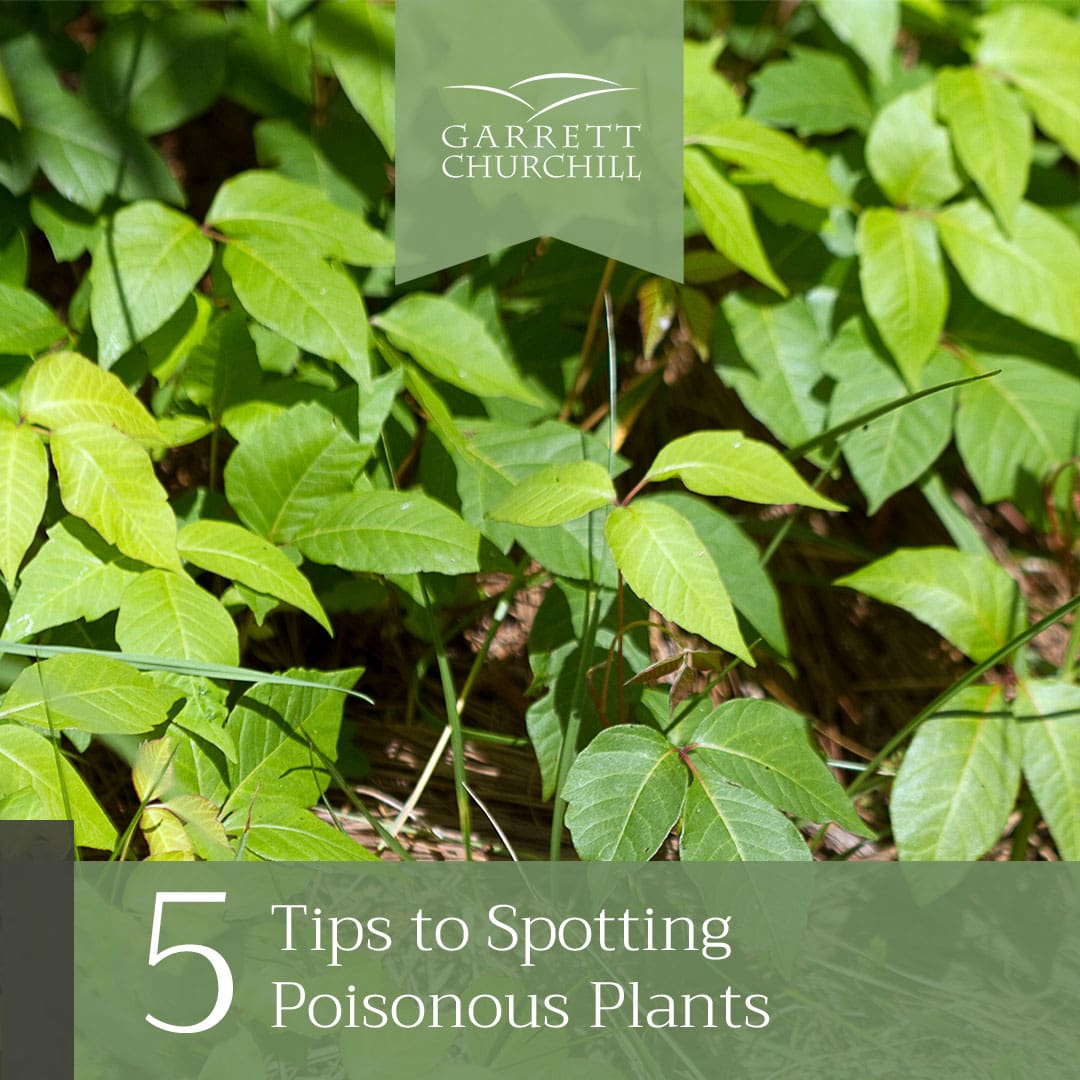5 Tips to Spotting Poisonous Plants
Heading out for an adventure in the great outdoors is often an exhilarating experience. However, there are certain plants that can present significant health risks when inadvertently ingested or even touched. That’s why knowing how to spot poisonous plants and flowers is crucial to your safety in the garden, on hikes, and anywhere you might roam.
Here are our top five tips to keep in mind when it comes to identifying poisonous plants and avoiding them.
1. Look Out for Glossy Leaves
Not every poisonous plant has leaves that have a smooth, glossy look, but there are enough examples of this that it’s worth staying away from glossy leaves.
Some of the most common poisonous plants with gloss on their leaves include poison oak, stinging nettle, and poison sumac (which looks similar to poison ivy). Additionally, if the glossy leaves have sharp, teeth-like edges, it’s even more likely that they are poisonous and shouldn’t be touched.
2. Avoid Groups of Three Leaves
If you’re an avid gardener or simply love spending time outside, you’re probably well aware of one of the most common poisonous plants: poison ivy. This and poison oak, a similar plant, are highly poisonous and can cause very unpleasant rashes when touched.
The easiest way to spot poison ivy or poison oak is by the leaves. These types of plants have three connected leaflets within each leaf, inspiring a catchy rule of thumb that goes, “Leaves of three, let it be.” This three-leaf pattern, as well as the glossy tint of the leaves, will make it clear that you’re looking at poison ivy or poison oak.
3. Don’t Touch White or Yellow Berries
As a general rule of thumb, you should never eat berries growing on an unfamiliar plant, as you don’t know if they could harm you or not. However, there are some berries that you should take particular care to avoid.
If a plant is growing yellow or white berries, it’s very likely that the berries (and most likely the leaves as well) contain poisonous properties. Plants like poison oak and doll’s eyes have these kinds of berries. When eaten, they can cause a huge range of unwanted symptoms, including nausea, vomiting, diarrhea, and even death if a large quantity is ingested.
4. Watch for Milky Sap
Did you know that the color and texture of the sap that comes from unknown plants could be an indicator of how poisonous it is?
While some plants that produce milky white sap are perfectly safe, some can cause serious health issues if touched or eaten. The safest course of action is to avoid plants with milky sap altogether.
5. Be Wary of Umbrella-Shaped Plants
In some cases, the shape of leaves, flowers, or entire plants can help to determine their safety. Many plants that are umbrella-shaped or grow flowers and leaves in this shape are very dangerous for people.
Some of the most poisonous plants found in the U.S. are cow-bane and water hemlock, which both have flowers that grow in an umbrella shape. If too much of these plants’ matter is ingested, it can cause death.
Tips to Avoid Exposure to Poisonous Plants
Knowing some of the common features of poisonous plants is a great way to avoid getting hurt when you’re spending time outside. On the other hand, you may not always be able to tell right away if a plant is poisonous.
The best way to make sure you always stay safe is to wear long pants, shoes, and gloves when interacting with plants outdoors. This is especially true if you’re working with plants that you aren’t familiar with.
While this should go without saying, it bears repeating: never eat a berry, flower, or leaf of a plant that you don’t recognize and aren’t completely sure is safe to consume. Additionally, if you spend a lot of time outside and working with plant life, keep plenty of treatment options for poisonous plants, such as creams and antihistamines, on hand.
Keep Your Garden Healthy and Safe With Help From an Expert
Your outdoor space should be as safe for you and your guests as it is welcoming. With over 24 years of experience in landscaping design and maintenance, our team knows just how to make that happen.
Contact us today to learn more about how we can help you design and customize the yard of your dreams.
